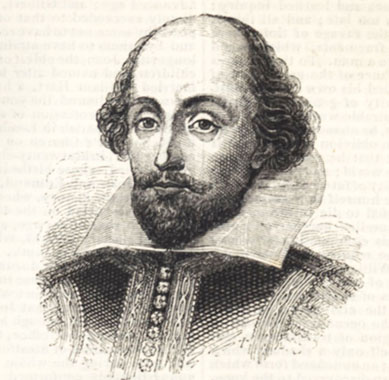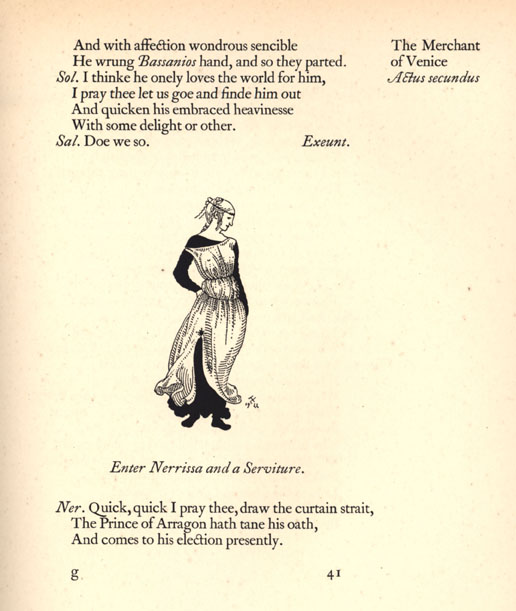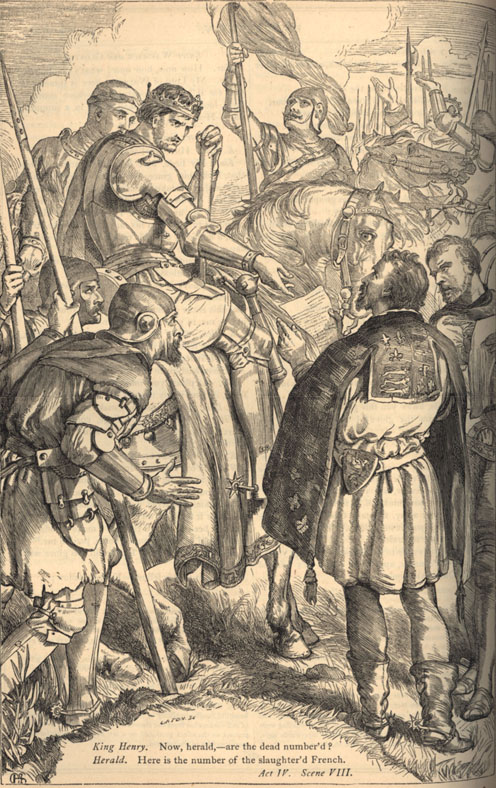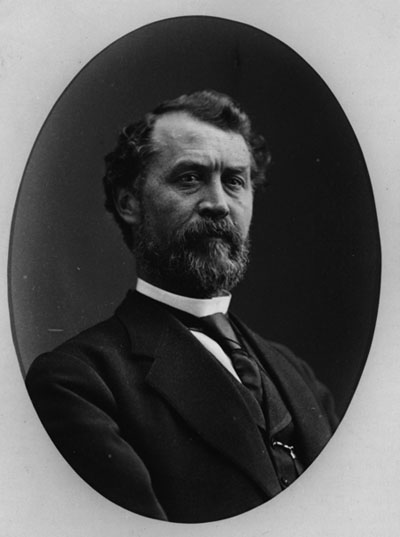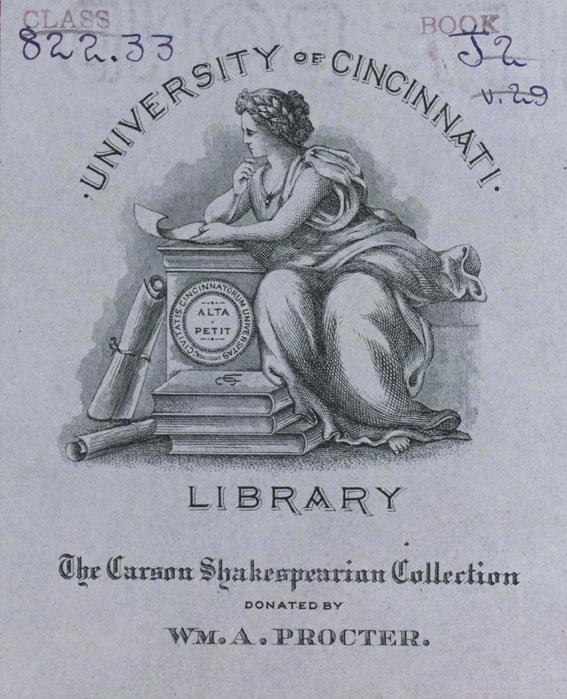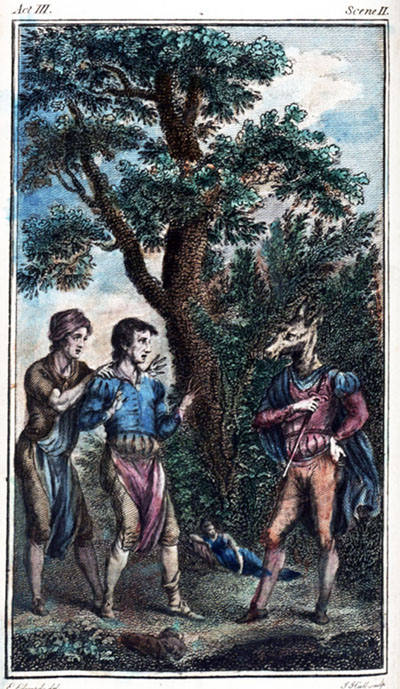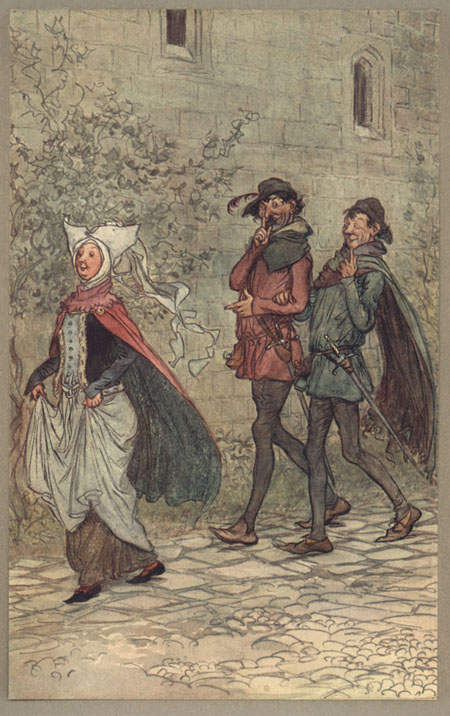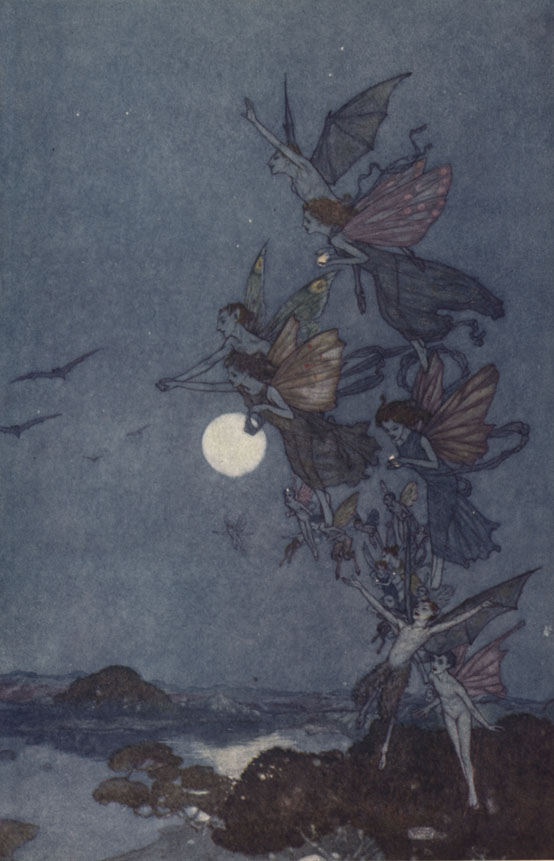By: Sydney Vollmer, ARB student assistant
We all know who Shakespeare is. He lived in London, wrote some plays and poetry, died and became really famous.
In the ninth grade, my English teacher at Cincinnati’s Seton High School introduced my class to Shakespeare. We all knew who he was. He wrote plays and poetry sometime around 1600. Not really understanding anything about literature, plays, or poetry at the time, all I knew was that Shakespeare was brilliant and well respected, which meant that if I wanted to be smart and scholarly, I would like and respect him the way proper people do. Then I read Shakespeare.
We started off with The Merchant of Venice. I didn’t understand a word of it. We watched the play. I still didn’t get it. I understood more references…but I still didn’t understand the work from which they were born. Shakespeare was confusing. I still haven’t wrapped my head around iambic pentameter.
My senior year of high school, my same English teacher returned us to our Shakespeare roots. This time, we tackled Henry V. I didn’t understand that one either. When I read it, it all just sounded like Charlie Brown’s teacher in my head. My teacher saw something more in it though, and he did an exceptional job of explaining these works to me and my classmates. He helped us to see the true meaning behind the stories. At the time, I couldn’t appreciate the works, because I didn’t understand what they meant historically.
Recently, I have gotten very into reading plays and writing scripts in my free time. I have also acquired more knowledge about the art of acting, and through that, I am able to read and write with much more ease. Through these new experiences, I not only understand the characters in the play better, but I understand why certain scenes are set up the way they are. Subtleties make more sense.
When I was in high school, I couldn’t appreciate Shakespeare. The funny thing is…I still carry the lessons I learned about him and the Elizabethan Era. I still remember that the poor theater-goers were referred to as groundlings. When I watch TV, I can point out the Shakespearian fool and his purpose. I think about the three caskets from time to time and what they represented. Occasionally, I even get the words, “We few, we happy few” stuck in my head on repeat. If I didn’t understand Shakespeare and his works, why then do I remember them so vividly? I’m not quite sure what the answer to that question is, but I think whatever it is tells me that I need to give Shakespeare another try.
Thankfully, I work in the Archives and Rare Books Library at the University of Cincinnati where we house Enoch T. Carson’s private collection of Shakespearian works totaling over 250 volumes. A little history on the man behind the collection: born on September 18, 1822 to William J. and Margaret Carson on the west side of Cincinnati, Enoch T. Carson was to become a prominent citizen of the city. As a boy and young man, he worked on his family’s farm as well as attending school in the country. His first employment outside of his family was as a toll collector at the age of twenty-three. He continued to hold this position for three years. To pass what would have been mundane hours, Carson wisely chose to use his time for reading and furthering his education on his own.
Carson joined the Masonic Order in 1845 and became a Master Mason that December. Between 1845 and his death in 1899, he held many different positions within the Masons, including Royal Arch Mason, Royal and Select Master, Knight Templar, Scottish Rite Degrees, Sovereign Grand Inspector General, member of the Supreme Council, Worshipful Master, Eminent Commander, Grand Commander , Sovereign Prince of Dalcho Council o Princes of Jerusalem, and the Commander-in-Chief of the Ohio Consistory.
In 1848, Carson was elected as a representative as a deputy to the sheriff by the Whig party. After two years serving as deputy, Carson took a position with the Hamilton and Dayton Railroad Company which he continued for the next two years. By 1852, Carson was appointed chief deputy. He held his post through 1856. In 1861, Carson was honored with being appointed by President Lincoln as Collector of the Cincinnati port during the war. When 1866 rolled around, Carson decided to take a break and travel. Returning later that year, he re-devoted himself to his work until 1868 when he sold his business to help John Bell develop land at the Mill Creek Bottom. He returned to the lamp and gas business in 1871. That same year, he was elected as a member of the Board of Park Commissioners, a position he held for the remainder of his life.
Over the past few weeks, I’ve gotten to know Carson’s books a little, as well as many other Shakespeare rare sets and editions that have been acquired by the UC Libraries. I was asked to go find some good illustrated versions in our collection (I wasn’t even aware that any of Shakespeare’s works had illustrations!) so I went up to our rare books room to find four full cases of Shakespeare books plus some oversized editions. Some of these illustrations are in black and white, some are hand-colored, but they are all impressive. Some of my favorite illustrations come from Arthur Rackham in A Midsummer’s Night Dream. The illustrations are very similar to my sister’s artwork. I find his style mischievous, colorful and whimsical. Though I have never read A Midsummer’s Night Dream, my high school did a production of A Midsummer’s Night Midterm and even though I’m pretty sure our production couldn’t hold a candle to the real thing, I got the gist of the story.
I also appreciate the work of Hugh Thomson in The Merry Wives of Windsor. His style has more of a cartoony flair that reminds me of a nursery rhyme book my parents used to read to me. We also house a copy of The Tempest with illustrations by the notable Edmund Dulac, an illustrator famous mainly for his artwork with fairytales. Although I find his name amusing and will watch Shrek understanding yet another subtle reference, I think his illustrations are a little darker and less whimsical than the others’. That being said, the pictures are still beautiful and delicate, and they gave me a desire to read The Tempest, which is not a title that would normally entice me.
My high school education set the path to start appreciating Shakespeare. The archives are giving me the light that guides the way. I hope that if you have read Shakespeare and weren’t a fan the first time around that you, like me, will give him another try. Come on over the Archives and Rare Books Library and we can start together.

